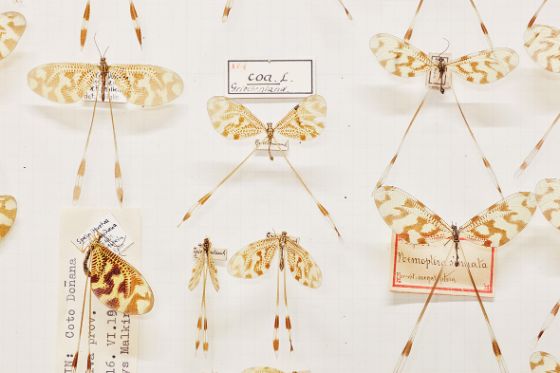THE EVOLUTION OF DEER
Deer are one of the most successful groups of mammals in the world. From the tropics to colder latitudes, they inhabit all continents and landscapes with the exception of Australia and the poles. Their evolution has spanned 20 million years and is well documented.
To study their evolution in depth, we can refer to a variety of objects, with teeth being amongst the most common fossils in this regard. Teeth are useful in determining species, but when it comes to the higher taxonomy, such as subfamilies or the rank of family, they are less suited to the task. For this, other fossils come to our aid. The antlers of deer are interesting and are well represented as fossils; a wide range of antlers have been found. New material from Switzerland complements finds with further important information.
The first evolutionary phase of deer, between 20 and 15 million years ago, shows three distinct groups whose antlers are markedly different. The first of these, Lagomerycidae, had small antlers without beams or crowns, but with many forks. The second group, Procervulinae, have no crowns as yet but are forked and elongated. The antlers of the third group, Dicrocerinae, have a kind of crown and several forks. It seems that all deer antlers, then as now, were shed.
As yet, there is still no consensus whether all, some, or none of the three groups were true deer, and thus members of the Cervidae family. In Switzerland, a recent find was a highly developed set of fossilised antlers, which is around 18 million years old. We are studying these antlers in an evolutionary context and attempting to find the lineage of the first true deer. Later deer are included in our study in order to form a complete picture.
